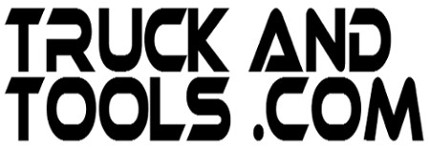By Murray Wennerlund published 11-1-2022 updated 11-1-2022
|
|
|

By Murray Wennerlund published 3-15-2020 updated 3-15-2020

By Murray Wennerlund published 3-15-2020 updated 3-15-2020
Think of the SBA as a broker or clearing house for lenders that are willing to provide loans as long as the loans are 100% secured. The SBA working under laws created by congress created a federally secured loan for private lenders and these loans are secured by American taxpayer dollars.
The lenders have basic rules under the 7(a) loan program.
Do not take the first offer when presented with your closing documents. Ask for more and offer to pay less per month. You are dealing with a sales person that is trained to sell loans at the best market rate. This is a bankers loan in all respect except that it is managed by Congress and the Office of Budget and Management.
The SBA will make the claim they can get you money faster than private lenders and they will claim to be the lowest rates. This was proven not true in Florida 2017 when a local bank undercut for disaster recovery. As always, look to private lenders before the SBA and look for grants from community centers before loans.
The SBA may tell you that you only have 90 days to accept the loan. That's actually not true since congress allows you to apply for and accept a loan from the SBA after a declared disaster years ago. The SBA only needs to review your tax returns again. The SBA will send you a letter cancelling your loan at the 90 day mark. They will also include instructions on how to reinstate the loan. You can repeat this process for as long as you need the loan available to you.
Most business owners need to show profit and loss statements. The SBA is required to review profit and loss presented by the businesses. The SBA does not always follow this rule. In fact, the Office of Inspector General found that the SBA cuts corners to process loans quickly.
Resource Reference: